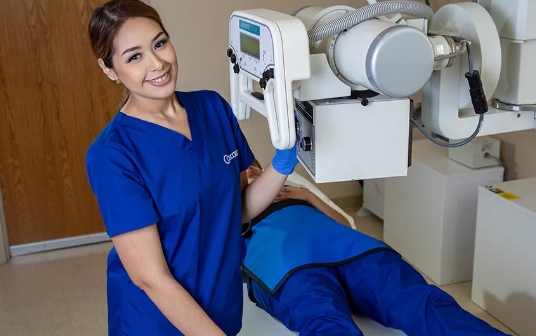Diagnostic imaging has come a long way in recent years, with advancements in radiography technology leading the way.
Improved Image Quality
Radiography technology has seen significant improvements in image quality, allowing for more detailed and accurate images to be captured.
Reduced Radiation Exposure
Newer radiography machines have been designed to lower radiation exposure levels, making them safer for both patients and healthcare professionals.
Faster Imaging Processes
Advances in radiography technology have made imaging processes faster and more efficient, allowing for quicker diagnosis and treatment planning.
3D Imaging Capabilities
Many modern radiography machines now have the ability to capture 3D images, providing a more comprehensive view of the patient’s anatomy.
Improved Connectivity
Radiography technology is becoming increasingly connected, allowing for images to be easily shared and accessed by healthcare providers across different locations.
Artificial Intelligence Integration
The integration of artificial intelligence into radiography technology is revolutionizing the field, with AI algorithms helping to improve accuracy and efficiency in image interpretation.
The Future of Diagnostic Imaging
As radiography technology continues to evolve, the future of diagnostic imaging looks promising. With advancements in image quality, reduced radiation exposure, faster imaging processes, 3D imaging capabilities, improved connectivity, and AI integration, patients can expect more precise and efficient diagnoses. The future of diagnostic imaging is bright, with technology constantly advancing to improve patient care and outcomes.

